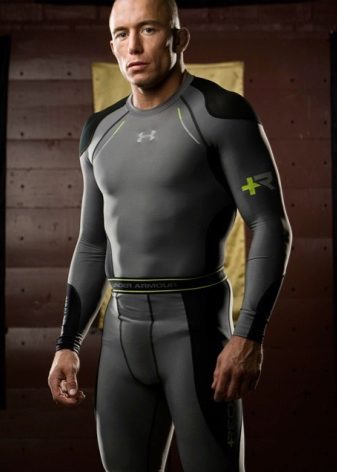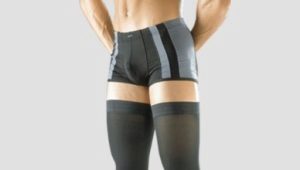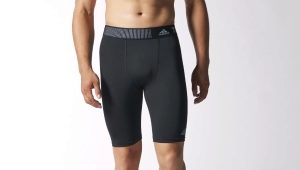Compression clothing for training
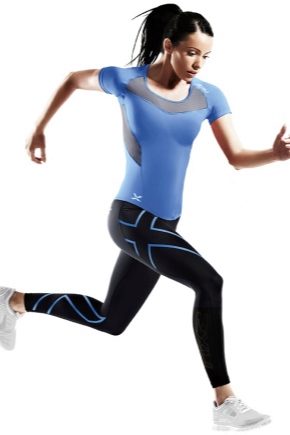
The strangest question that can be heard: what unites the elderly and athletes in terms of clothing? It is worth considering what exactly helps some to move calmly from home to the grocery store, and others to increase strength, speed and endurance without injury during exercise? The answer is very simple - it's compression clothing!
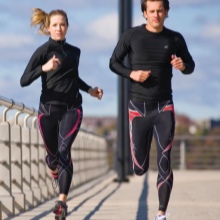
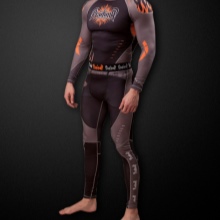
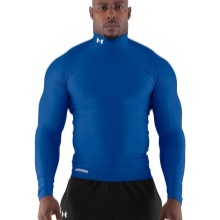
Compression clothing - what is it
Aspiring athletes have often heard of clothing that reduces the risk of vascular damage during strength and long-term training. Indeed, during exercise, not only muscles, but also the circulatory system are strained, and the expansion of veins and arteries can lead to serious consequences. Doctors rightly recommend that people who do heavy lifting or standing work wear compression stockings or leggings.
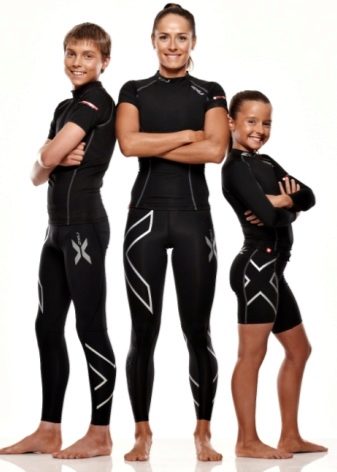
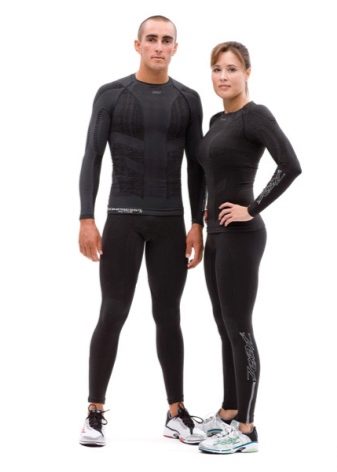
But let's go back to the origins and remember the very concept of compression or, in other words, compression. After all, it is on this principle that this miracle clothing works. Compresses parts of the human body, preventing veins and arteries from increasing in volume.
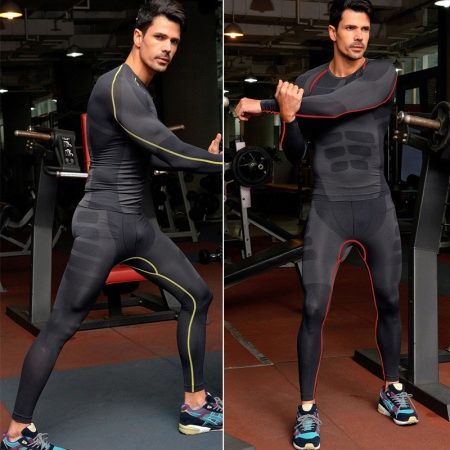
When "pumping" a certain group of muscles, the vessels that permeate the human body expand to carry a greater flow of blood.In this state, the walls of the veins can change their shape and become curved, which can lead to the development of varicose veins and other equally terrible diseases. Compression clothing does not allow the vessels to reach this state, straightening them, and stops the development of ailments if they have already taken root.
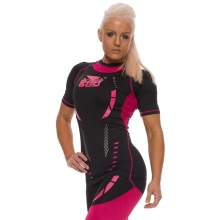


In total there are four categories of "compression". However, only the first category can be purchased freely in pharmacies, other types can only be obtained by prescription. Without consulting a specialist, you should not make a diagnosis yourself, because compression clothing was created not to increase muscle tone, but to maintain health at the proper level. This is not an element of clothing for constant wear, because prolonged compression also adversely affects blood vessels.
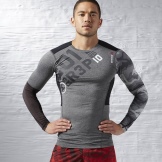
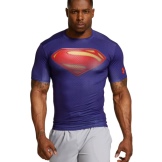

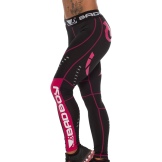
Features and Benefits
The main benefits of compression garments are:
- maintaining a constant temperature of the muscles, so that they are always in a warm state;
- greater blood flow to the muscles due to the suppression of vascular deformation;
- reduced release of lactic acid in the muscles, which leads to accelerated recovery after training;
- reducing human energy costs during training by supporting muscles during their contraction and stretching.
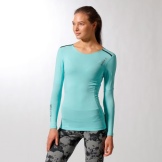
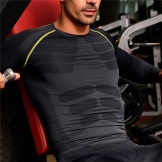

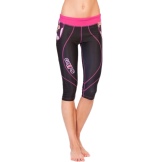
It should be noted that "compression" reduces the pain that occurs after training, as well as in people suffering from vein diseases. Therefore, at first these clothes appeared in medicine, and then switched to sports. After all, compression stockings and socks were necessary for patients in the post-traumatic period for accelerated recovery.
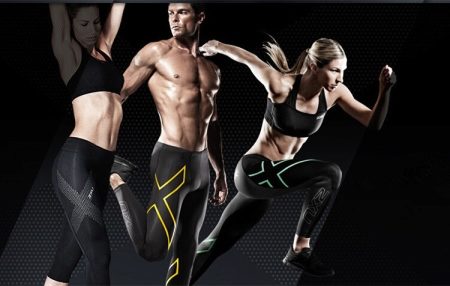
It is also important to distinguish between thermal underwear and compression clothing.At first glance, they are very similar, but these two types work according to different schemes. Thermal underwear significantly warms up the muscles during prolonged aerobic exercise, which leads to the burning of extra calories. But there is no compressive effect, like compression underwear. Warming up the muscles leads to a greater increase in the arteries, and when switching to strength exercises or standing for a long time, the swelling of the vessels can adversely affect a person's condition.
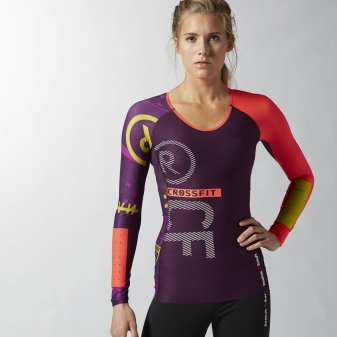
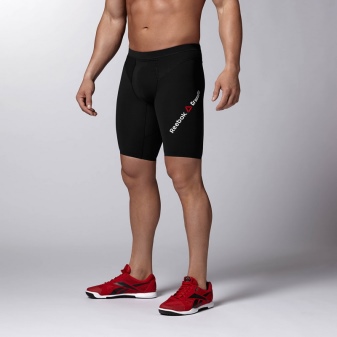
Indications and contraindications
The main indications for the use of compression clothing are:
- prolonged loads;
- power training;
- predisposition to varicose veins (edema and asterisks on the limbs, enlarged veins);
- recovery after major operations.

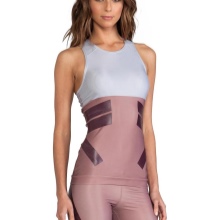
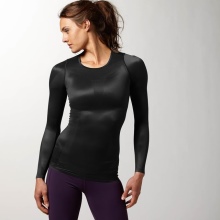
In these cases, when wearing compression underwear, you can prevent the occurrence of diseases or stop their course.
But before you rush shopping, you should pay attention to the current state of health. You should not wear such underwear for thrombosis, atherosclerosis and other similar diseases. In these cases, the sock "compression" will aggravate the situation.

Application in sports
Compression garments quickly spread among professional athletes, not only because of their qualities to improve body tone, but also because of the huge variety of equipment. Starting from the simplest accessories: elbow pads, knee pads, gloves, and ending with a complete set of clothes: T-shirts, shorts, tights or leggings, underwear and one-piece suits.
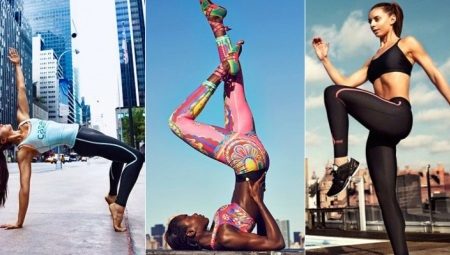
The main distribution of "compression" was received by weightlifters and runners. Long-term and power loads to which athletes are exposed are a predisposition to the occurrence of undesirable consequences.


It was found that when wearing special clothing, the heart rate decreases and blood flow to the muscles increases. This allows you to increase the athlete's endurance and improve results, but there can be no talk of increasing speed or strength.
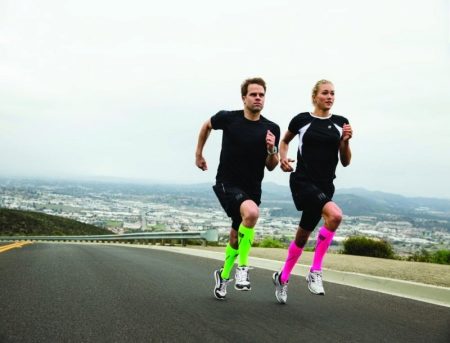
It is worth noting that compression clothing has taken root perfectly in such a direction of sports as fitness. People involved in long-term and cyclic loads feel great in compression clothing. Firstly, it does not hinder movement (it seems only at first), and secondly, it reduces pain or removes it altogether, which allows you to practice longer and more efficiently.
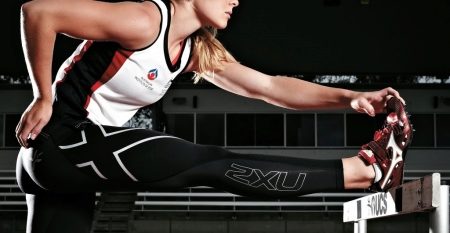
Popular types of compression clothing
Compression garments are mostly unisex, which allows both men and women to wear the same models. However, if we consider whole costumes and individual types, then differences are immediately noticeable.
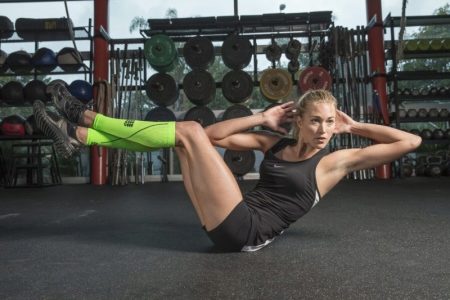
For girls and boys, there are special models of compression clothing, which are divided by gender:
- tops or undershirts;
- Underwear;
- one-piece suits, taking into account the anatomical features of the body.
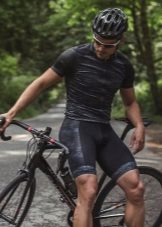

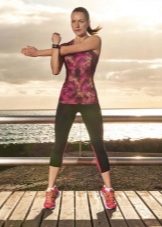

Clothing for girls perfectly emphasizes the waist and fits the body, giving the look more sexuality and desirability.
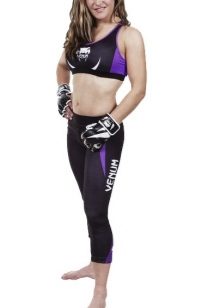
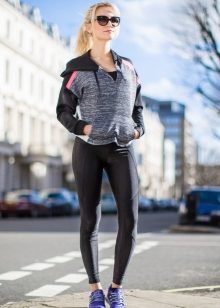
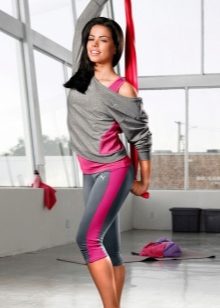
Men's models also emphasize the waist and effectively highlight the muscles, in particular the torso, giving the appearance of masculinity and aesthetics.

